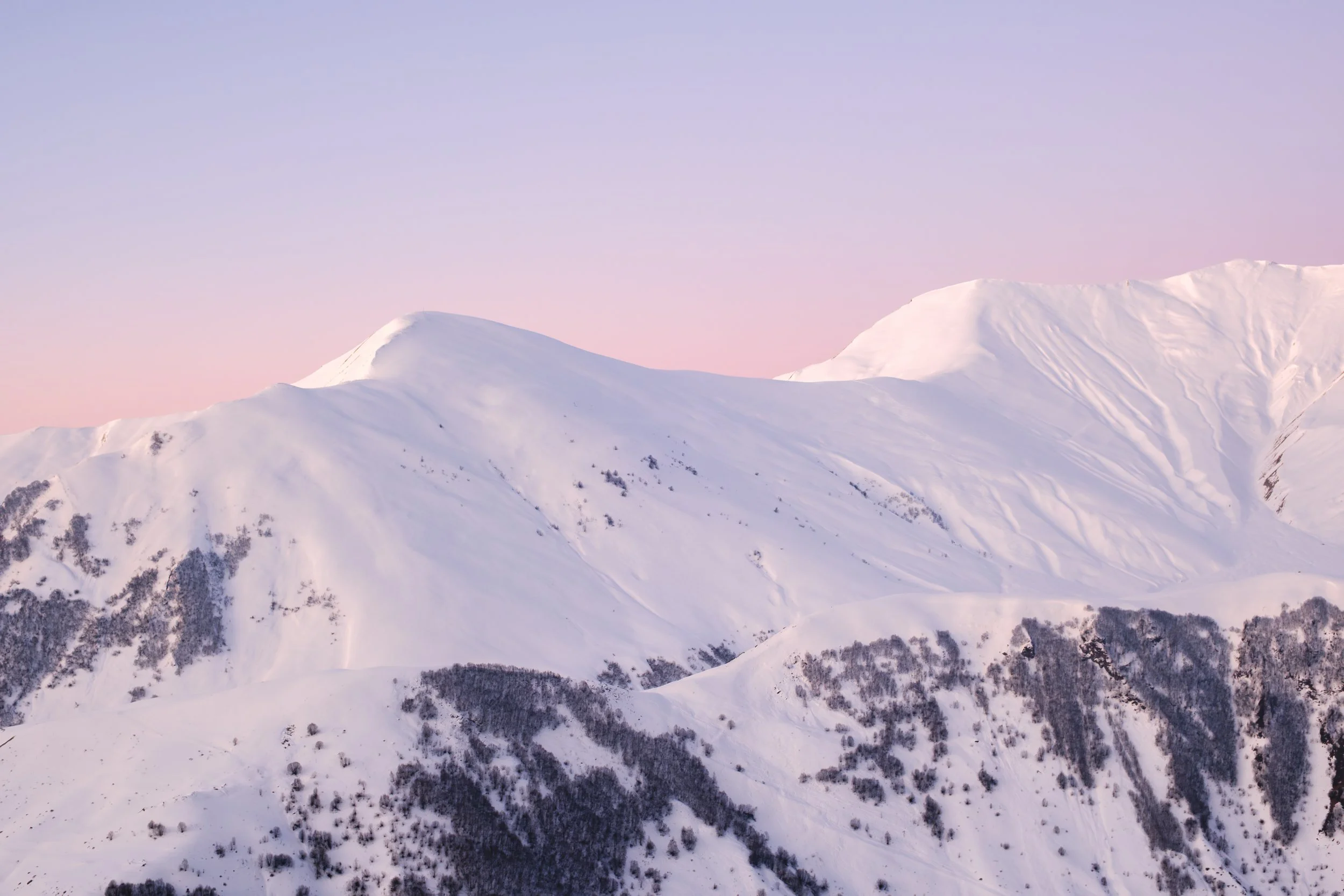
The Ultimate Medium Format Cameras -Rolleiflex
If you’re moving beyond 35mm film and want the depth, sharpness, and image quality that medium format photography delivers, the Rolleiflex twin lens reflex camera is one of the finest tools you can choose. While cameras like the Hasselblad 500CM, Bronica ETRS, or Pentacon Six have their own followings, the Rolleiflex stands out for its compact design, reliability, and timeless German engineering. Whether you’re interested in portraits, street scenes, or fine art prints, Rolleiflex medium format cameras consistently deliver beautiful results.
The key decision for most photographers is whether to go with the Rolleiflex 2.8 or the Rolleiflex 3.5. Both offer exceptional lenses, but each has unique handling characteristics. The 2.8, with its 80mm f/2.8 lens, provides tighter framing and better subject separation, making it superb for portraiture and low-light conditions. It is, however, heavier and slightly bulkier. The 3.5, with its 75mm f/3.5 lens, is lighter, better balanced, and more compact, making it an ideal choice for travel, street photography, and everyday shooting.
When comparing lenses, Rolleiflex cameras were fitted with either Zeiss Planar or Schneider Xenotar optics. The Planar is legendary for its crisp rendering and contrast, while many photographers appreciate the Xenotar for its sharpness combined with a smoother, more organic transition into out-of-focus areas. Both are excellent, but your personal preference will depend on the look you’re after.
Durability is another hallmark of the Rolleiflex system. Unlike some medium format cameras from the former Soviet Union, which often suffered from reliability issues, Rolleiflex models were built to last. Stories of Rolleiflex cameras surviving serious drops and continuing to function are common. Even today, serviced models from the 1950s remain in active use, producing images with color, tone, and depth that rival modern systems.
Another unique feature is the waist-level finder, which encourages a slower, more deliberate style of shooting. While it takes some adjustment due to the reversed image, many photographers find it makes them more invisible and thoughtful in their approach. This slower pace, combined with the sumptuous rendering of film stocks like Kodak Tri-X, Ektar, or Portra, makes Rolleiflex photography a deeply rewarding creative process.
For photographers seeking the best balance of usability, reliability, and image quality in medium format film, the Rolleiflex 3.5 remains the standout recommendation. Compact yet powerful, it’s a camera that not only captures unforgettable images but also sparks conversations wherever it goes.

Fujifilm X-T5 Review After 9 Months: The Perfect Daily Carry Camera?
After nine months with the Fujifilm X-T5 as my daily carry, I’ve discovered a camera that strikes the right balance between portability, handling and image quality. Paired with the Zeiss Touit 32mm, it delivers a classic, film-like rendering and colours that often look perfect straight out of camera. In this long-term review I share real-world experience, sample images and why the X-T5 remains one of the best everyday cameras in 2025.
